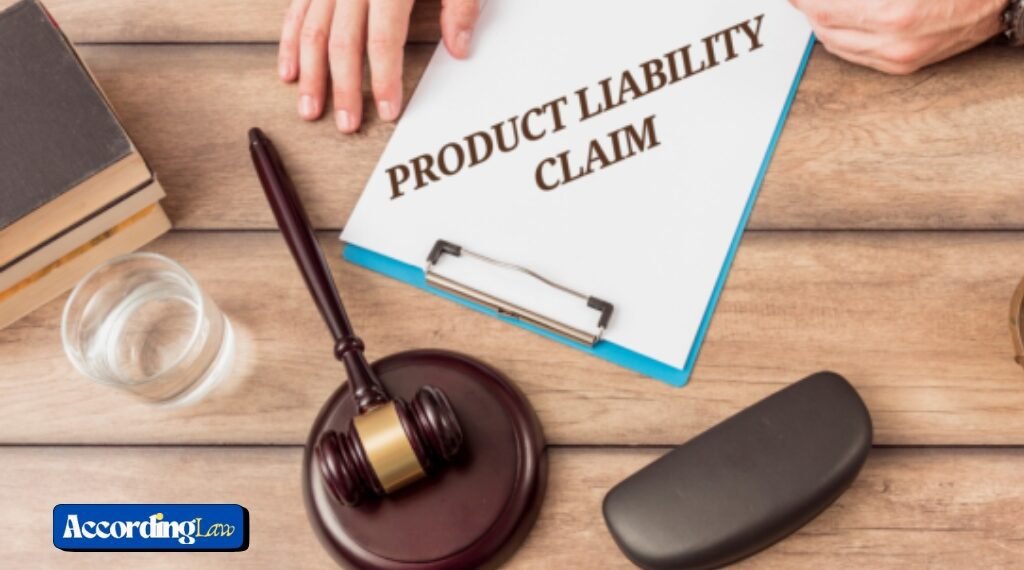Pharmacy errors are a reality in healthcare, and how they are reported can determine whether they lead to constructive improvement or legal complications. Learning to document and communicate mistakes professionally is crucial to protecting both patients and practitioners. Engaging experienced legal counsel, such as Lype, Dest & Smith, can provide valuable guidance on navigating error reporting without escalating into punitive or regulatory consequences.
Table of Contents
Clarify the Scope of the Error
Before filing a report, take time to understand the full extent of the error and its possible consequences. Collect all key details, such as patient information, the medication involved, dosage, and timing, so the record is complete. Avoid making assumptions or leaving gaps, as incomplete data can complicate any follow-up review. Thorough documentation from the start not only prevents confusion but also reflects professionalism.
Follow Internal Reporting Procedures First
Most pharmacies and healthcare organizations provide internal systems for handling error reports. Using these channels first often allows the issue to be addressed without outside regulatory involvement. Internal reporting provides supervisors with the opportunity to assess what happened, identify corrective actions, and offer support as needed. Always follow the organization’s official process and deadlines, since missing them could create additional concerns with oversight agencies.
Maintain Objective and Factual Documentation
When documenting an error, stick to objective facts rather than personal opinions or excuses. Record what happened, when, and who was involved. Avoid speculative statements or assigning blame. Objective, concise documentation is more defensible if the case escalates to regulatory review. It also helps in improving protocols to prevent similar incidents in the future.
Seek Legal Guidance When Necessary
Not all errors require legal consultation, but certain situations may put a pharmacist at risk of disciplinary or legal action. Situations such as significant patient harm, repeated mistakes, or potential violations of state pharmacy law warrant immediate professional advice. Experienced attorneys, including Lype, Dest & Smith, can guide pharmacists on how to report errors safely while minimizing liability. Knowing your rights and obligations is key to avoiding punitive actions.
Communicate with Supervisors Professionally
When reporting an error to supervisors or colleagues, keep the discussion professional and focused on solutions. Provide a clear account of what happened, explain any steps you took to reduce potential harm, and suggest ways to prevent similar mistakes in the future. Steer clear of defensive language or assigning blame. Showing accountability and a willingness to improve builds trust with management and may lessen regulatory concerns.
Act Quickly to Correct the Issue
Once an error has been identified, take prompt action to minimize risk and prevent recurrence. This could involve following up with the patient, arranging additional staff training, or updating procedures to improve safety. Be sure to document these corrective steps; doing so demonstrates to both supervisors and regulators that the matter is being handled responsibly and effectively. Acting quickly not only protects patients but can also reduce the chances of legal or disciplinary consequences.
Understand Regulatory Reporting Requirements
Pharmacists must differentiate between internal reporting and external regulatory reporting. Some errors must be reported to state boards or federal agencies, while others can be addressed internally. Familiarize yourself with the applicable rules in your jurisdiction to avoid unintentional violations. If unsure, consulting Lype, Dest & Smith ensures you follow proper protocols and protect your professional license.
Foster a Culture of Safety
Encouraging an environment where staff feel safe reporting errors without fear of punishment is vital. Regular training, open communication, and non-punitive policies increase transparency and reduce mistakes. When employees see reporting as an opportunity for improvement rather than a threat, it leads to better patient outcomes and a stronger compliance culture.
Conclusion
Effectively reporting pharmacy errors requires a combination of precise documentation, professional communication, and a thorough understanding of regulatory obligations. By using internal channels, maintaining objectivity, taking corrective actions, and consulting legal counsel when necessary, pharmacists can minimize legal risks and promote patient safety. Incorporating these best practices ensures that mistakes serve as opportunities for growth rather than triggers for punitive action.


